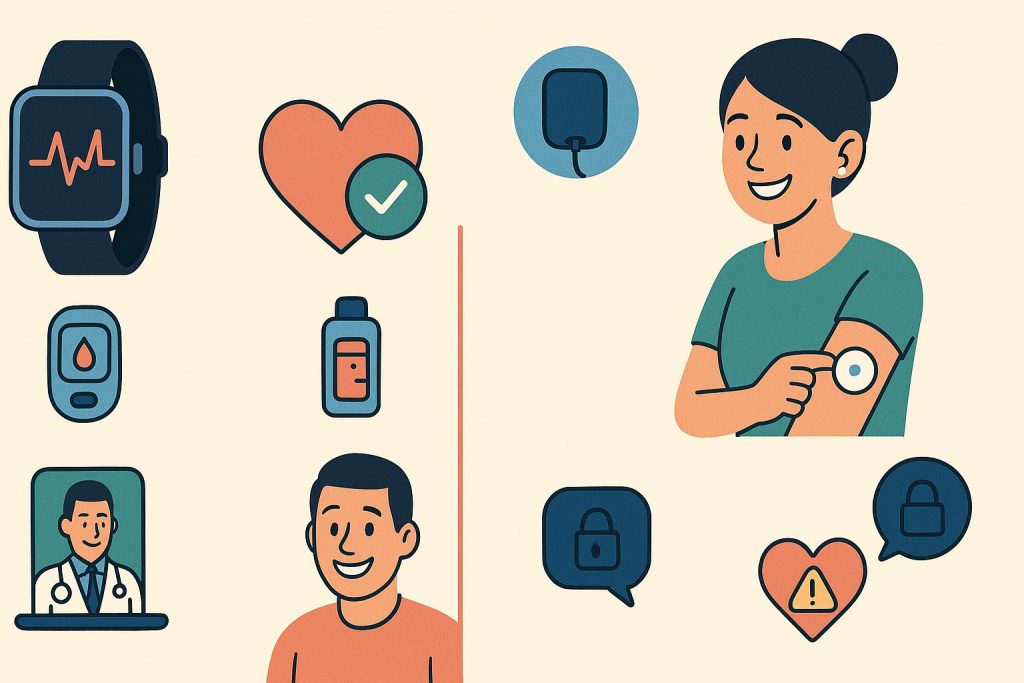In recent years, medical gadgets have revolutionized personal health management. Devices like smartwatches with ECG tracking, continuous glucose monitors (CGMs), and wearable blood pressure cuffs are no longer just tools for hospitals—they’ve become part of daily life. But does constant monitoring of your health do more good than harm? Let’s explore the benefits and potential drawbacks of this technology-driven approach to well-being.
The Advantages of Continuous Monitoring
1. Early Detection of Health Issues
Wearable medical gadgets can detect irregularities long before symptoms become obvious. For instance, a smartwatch may alert the user to an abnormal heart rhythm, prompting a timely medical visit and possibly preventing a serious event like a stroke.
2. Chronic Disease Management
For people living with diabetes, heart disease, or hypertension, real-time data is life-changing. Devices such as CGMs and portable ECGs help patients and doctors adjust treatment strategies quickly and effectively, improving long-term outcomes.
3. Increased Health Awareness
Regular tracking fosters a sense of responsibility. People become more conscious of their physical activity, sleep, and nutrition. This can lead to lifestyle changes that might not have occurred otherwise.
4. Remote Monitoring and Telemedicine
Doctors can receive real-time data from their patients, improving care quality without the need for frequent in-person visits. This is particularly beneficial for elderly or mobility-limited individuals.
The Drawbacks of Continuous Monitoring
1. Dependence on Technology
There’s a risk of relying too heavily on gadgets, potentially ignoring symptoms that devices don’t detect. Human intuition and professional medical evaluation remain irreplaceable.
2. Accuracy Limitations
While generally reliable, consumer-grade gadgets are not infallible. Misreadings can cause false reassurance or panic, leading users to make poor health decisions.
Finding the Right Balance
The key to benefiting from medical gadgets lies in balanced usage. They should support, not replace, professional healthcare. Understanding device limitations, verifying results with physicians, and not becoming obsessed with constant monitoring are crucial steps toward healthy use.
Glossary
- ECG (Electrocardiogram) – A test that measures the electrical activity of the heart.*
- Continuous Glucose Monitor (CGM) – A device that tracks glucose levels in real-time for people with diabetes.*
- Telemedicine – Remote diagnosis and treatment of patients through telecommunications technology.*
- Health anxiety – Excessive worry about having or developing a serious illness.*


